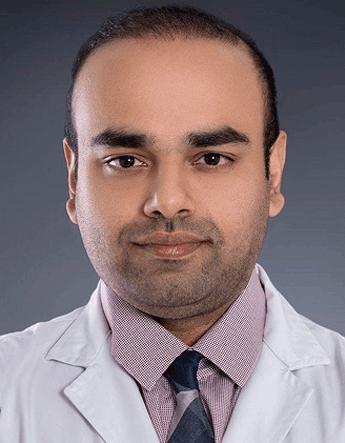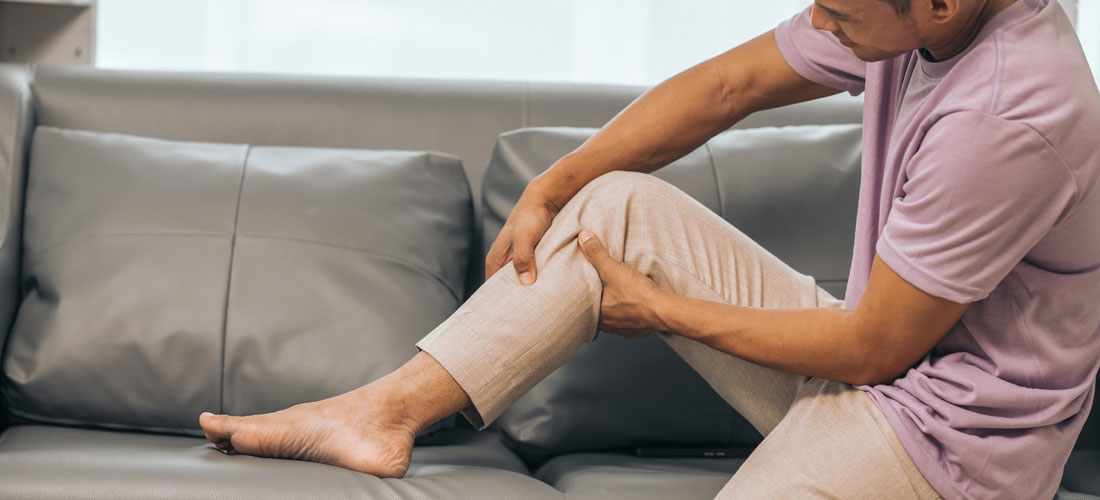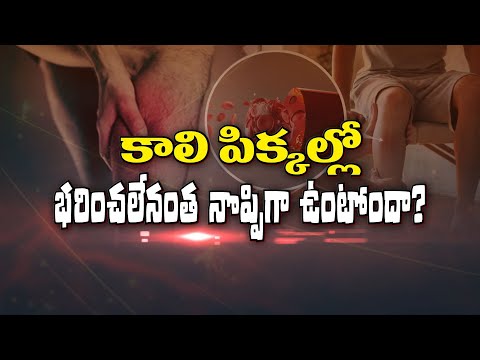Varicocele
A varicocele is a condition where the veins inside the scrotum (the pouch of skin that holds the testicles) become enlarged and twisted—similar to varicose veins in the legs. These veins are part of a network called the pampiniform plexus, which helps regulate the temperature of the testicles for healthy sperm production.
Varicoceles form when the valves in the veins do not function properly, causing blood to pool instead of flowing smoothly back to the heart. This condition is most common on the left side due to the way the veins are arranged in the body.
Varicoceles often develop during puberty and are found in about 15% of adult men and up to 20% of teenagers. Many people never notice they have one because it may not cause symptoms.
Common symptoms of Varicocele
Varicoceles usually don’t cause serious problems, but they can lead to:
A dull or aching pain in the scrotum, especially after standing or exercising.
A visible or palpable mass in the scrotum that may feel like a “bag of worms.”
One testicle (usually the left) being smaller than the other.
Fertility issues, such as difficulty fathering a child.
Causes
Veins carry blood from the body back to the heart. To help blood move in the right direction, veins have small valves. If these valves don’t work properly in the scrotum, blood can collect and stretch the veins. Over time, this causes the veins to swell and become a varicocele.
The condition is more common on the left side because the vein from the left testicle has a longer and more complex route back to the heart, making it more likely for blood to back up.
Complications
A varicocele can interfere with the body’s ability to control the temperature of the testicles, which can affect sperm production and hormone levels. It may lead to:
- Testicular shrinkage (atrophy) over time.
- Poor sperm quality or low sperm count, which may affect fertility.
- Discomfort or chronic scrotal pain.
However, not all varicoceles cause complications, and many do not need treatment.
Diagnosis
A doctor can usually diagnose a varicocele with a physical exam. You may be asked to stand and bear down (like during a bowel movement) to make the veins more noticeable.
In some cases, a scrotal ultrasound is recommended. This safe, painless test uses sound waves to create images of the scrotum and helps confirm the diagnosis or rule out other problems.
Treatment Options: Surgery Vs. Embolization
1. Surgery
Traditional varicocele repair involves closing off the affected veins to reroute blood through healthy ones. There are two main types:
Microsurgical Varicocelectomy: A small incision is made in the groin area, and the surgeon uses a microscope to tie off the problem veins. This is the most precise method and has a low risk of complications.
Laparoscopic Varicocelectomy: Small instruments and a camera are inserted through tiny cuts in the lower abdomen to reach and close off the veins.
These procedures are usually done under general anesthesia, and patients can go home the same day.
2. Varicocele Embolization (Minimally Invasive Option)
Varicocele embolization is a non-surgical procedure performed by a specialist called an interventional radiologist. It is done using imaging guidance to block the veins causing the varicocele.
Why Choose Embolization Over Other Treatments?
- Minimally invasive: No cuts, no stitches.
- Faster recovery: Resume work and normal life within a couple of days.
- Less pain: Compared to surgical options.
- Lower risk of complications: Such as infection or fluid buildup.
- High success rate: Effectively relieves pain and may improve sperm quality.
- Suitable for repeat cases: Especially when surgery has failed or in high-risk patients.
How Does Varicocele Embolization Work At Rivea?
How it works:
- A tiny tube is inserted through a vein in the groin or neck under local anesthesia.
- Using X-ray guidance, the doctor moves the tube to the vein feeding the varicocele.
- Small coils or a special liquid (called an embolic agent) are released into the vein to block blood flow.
- This redirects the blood into healthy veins, and the varicocele shrinks over time.
What to expect:
- The procedure takes less than an hour.
- No surgical incision is needed.
- Most patients return to normal activity in 1–2 days.
- It’s done as a day-care procedure, so you can usually go home the same day.
Why Choose Rivea?
At RIVEA Vascular Institute, Hyderabad, we offer cutting-edge, image-guided treatments that avoid major surgery. Our team, led by Dr. Arjun Reddy (MBBS, MD, FVIR), specializes in non-surgical, precise treatments for conditions like varicocele.
What makes RIVEA different?
- Advanced imaging for accurate diagnosis and treatment.
- Personalized care with short wait times.
- Comfort-focused experience with minimal downtime.
- Trusted expertise from one of Hyderabad’s leading interventional radiologists.
Our Team
-

Dr. Arjun Reddy
MBBS, MD
Chief Interventional RadiologistDr. Arjun Reddy is a highly accomplished Interventional Radiologist with extensive international training and a track record of pioneering minimally invasive, image-guided procedures in India.
View Profile Book an Appointment



